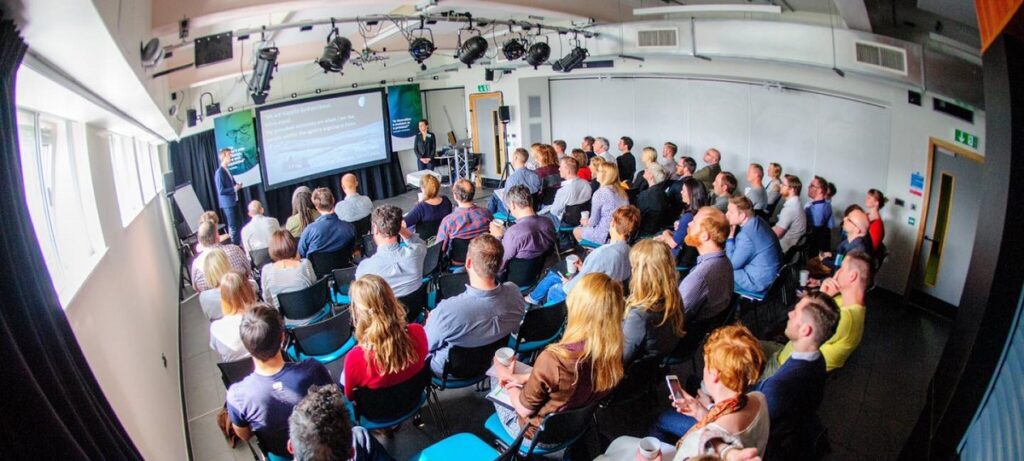As PR professionals, pitching to a journalist is part of our every day and is almost second nature. It’s key to remember when pitching to journalists that there are a few things we must avoid. In this blog, we will be sharing with you our top tips covering what to avoid when sharing a potential story, and some expert tips on nurturing a positive relationship with the media.
Journalists get a daily barrage of press releases and sorting through them can be challenging. They will spend the majority of their time filtering through emails with the aim of finding content that is actually newsworthy. That’s why it’s important that we assist their duties by sending through details that they need or want whilst making that journey for them as smooth as possible.
It’s vital as PR professionals that we recognise habits and other little things that frustrate journalists and aim to avoid them where we can.
1. Make sure your pitch is relevant!
Before sending any email through to a publication or journalist, make sure to do some research on them beforehand. Have they covered a similar topic or theme previously? Is the pitch relevant to that publication’s readership or audience? Does your pitch stand out from the others? Make sure your pitch is relevant before proceeding any further.
2. Avoid sending a pitch without detailing why it is relevant
If you want to make sure you give your pitch the best chance of being seen and featured, ensure to include an explanation of why this story is relevant to them. This can help journalists to save valuable time and will increase your chances of receiving a response to your pitch. Be it a yes or a no, a response to a pitch is great for future networking possibilities.
Remember to keep your pitch snappy and to the point. You can also explain why your pitch is perfect for the audience within the first few lines of your pitch.
3. Time that follow-up call correctly!
Most journalists will be happy to receive a call from a PR professional. But there is a time and a place for a follow up after sending a pitch email. Don’t overdo it!
There is nothing more annoying than having your head deep in a document only for your phone to start ringing, right? You lose your train of thought and can often be sidetracked elsewhere. Keeping this in mind, it’s absolutely vital that we keep these follow-up calls to a minimum. This saves time for both you and the journalist.
Personally, after pitching a release, if I haven’t had a response within the first three to four days – then I will make a follow-up call. Upon making this call, I keep in mind that the journalist is likely to be busy so will always start off the conversation with ‘I hope this is a good time for you to take my call?’. Once confirmed – now is the time to stand out. Ensure to ask the journalist how they are, get to know them a little and start building that relationship. Avoid too much time-wasting and small talk, however.
Another tip when it comes to making that call; NEVER call a journalist outside of their working hours or whilst they are on annual leave. Research their specific working hours and contact during these times. Calling outside of these times shows a lack of respect.
4. Be personable
When sending out a pitch make sure you include a name and a snappy but relevant greeting and tailor the copy to that specific publication. This shows the journalist that you know who they are, what they write about and importantly, that you know your stuff. If you stand out to them and engage with them like a colleague, they are more likely to reply to you.
5. Keep the load to a minimum
Avoid overloading a journalist with several pitches as this can be harmful to your relationship.
If you have more than one release to share at one time, select the most relevant for now and give that release enough ‘air time’ before proceeding to send on more.
Also, keep the email chasing to a minimum. Don’t keep sending your pitch so that it’s floating at the top of the journalist’s inbox. Journalists don’t have time to respond to every pitch they get individually. So, if you don’t hear back assume it’s a no.
Sometimes we may not ever hear back from a publication after pitching news or we may even get a straight ‘no’. That’s OK. Never argue with a journalist about the decision. Respect the decision and move on. There is no harm in trying again with your next story.
6. Proof, proof and proof again!
This point can not be stated loudly enough! When sending a release to a journalist make sure you have gone through your copy with a fine-tooth comb. Nothing looks more unprofessional than a release full of typos. Double-check your email before sending it to any journalist making sure their name and the company they work for are correct.
We all make mistakes from time to time. Even PR professionals will make mistakes but when a press release is filled with grammatical and factual errors, a journalist is more likely to simply delete it. Remember to proof, proof and proof again. You can never proof too many times.
7. Offer interviews/ speakers
Another vital step in ensuring a response to your pitch is to make sure there is someone that the journalist can talk to if they wish to do so. Most often than not a journalist will want to put their own spin on the story in order to make it different or unique, so having the option to collate more details is a must.
We hope you have enjoyed our top tips on what to avoid when pitching to a journalist. By following these steps you will maximise your chances of organic media placement whilst maintaining great relationships with the media.




